When selecting a definition for the word “home” to include in this article, I finally chose the one in the battered little paperback version of Webster’s New World Dictionary that sits on a shelf within an arm’s length of my computer.
home (noun)
- the place where one lives
- the city, state, etc. where one was born or reared
- a place thought of as home
- the household or the life around it
- the natural environment of an animal, plant, etc.
– Webster’s New World Dictionary, 1958
The cover is missing, the pages are yellowing and the book abruptly ends at page 630 with the word “yoke.” The entire “z” section detached itself years ago and disappeared. This dictionary lived in my high school locker, followed me to university and then on to my first teaching position. It has somehow survived all of my subsequent moves and shifts in locations. Some of these addresses are recorded in small print on the title page. Despite the age of this little book (printed 62 years ago) the definition of the word remains universally the same: home is a familiar, friendly setting. Home is where the heart is.
In this article, I am highlighting a number of titles that explore the meaning of the word “home.”
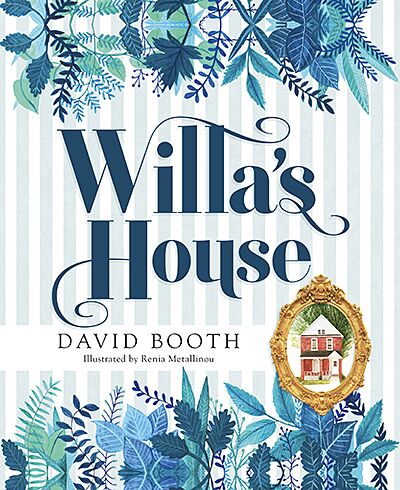 Willa’s House
Willa’s House
by David Booth
Plumleaf Press
Rubicon Publishing Inc., 2019 ISBN 978-0-921156-70-3
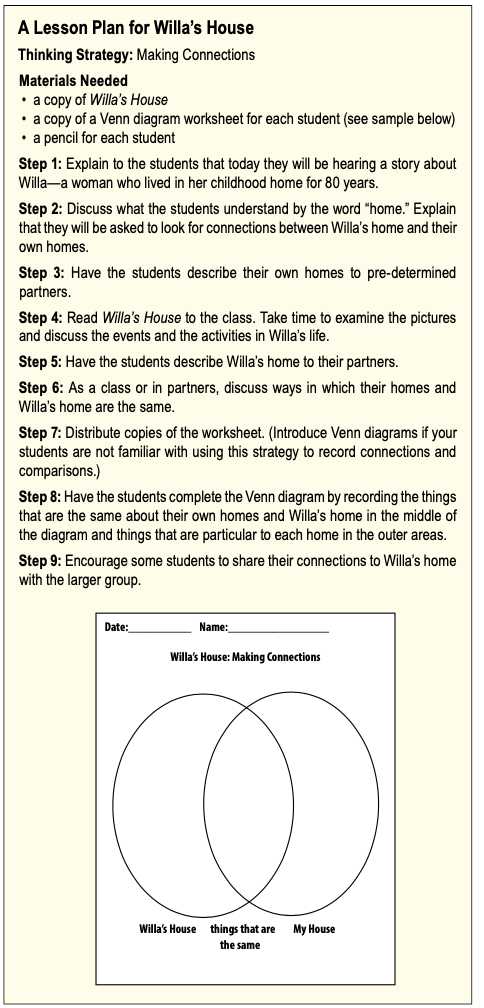 Willa’s House is based on the true story of Willa Pauli, of Stratford Ontario, who lived 80 years of her life in her childhood home. The story describes Willa’s childhood in the house that her father built, her university years, her career as a primary classroom teacher and finally as an instructor at the Stratford Normal School. After Willa’s parents passed away and she retired, Willa had an apartment built on the first floor of the house. She continued to live there for many years until she made the decision to move into a senior’s apartment in the same neighbourhood.
Willa’s House is based on the true story of Willa Pauli, of Stratford Ontario, who lived 80 years of her life in her childhood home. The story describes Willa’s childhood in the house that her father built, her university years, her career as a primary classroom teacher and finally as an instructor at the Stratford Normal School. After Willa’s parents passed away and she retired, Willa had an apartment built on the first floor of the house. She continued to live there for many years until she made the decision to move into a senior’s apartment in the same neighbourhood.
The author stated that “To me, Willa’s seemingly unremarkable dwelling place is an almost magical repository of ever-ranging and everlasting childhood memories. It reminds us that, for children, regardless of the building, home matters. It is my hope that this book will bring forth children’s own stories of home life: neighbours, school, faith, community, friends. Perhaps Willa’s House might even act as an icon representing home memories for children so that they, like Willa, will see their own safe place through the hazy filter of Willa’s vignettes.”
Note: David Booth was involved in education for over 60 years. He was a classroom teacher, professor, speaker, researcher and author of many teacher resource books. He also wrote several books for children. David Booth died in December of 2018 at the age of 80. Willa’s House was his last book. Proceeds from the sale of this book are dedicated to a bursary in David’s name.
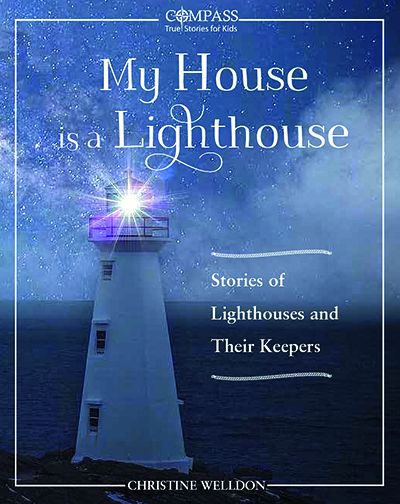 My House is a Lighthouse
My House is a Lighthouse
by Christine Welldon
Nimbus Publishing, 2019
ISBN 978-1-77108-756-8
There are 750 lighthouses across North America but only 51 of them are manned by lightkeepers in Canada (and just one in the United States). In this well-written and illustrated book, the author describes the daily life of 11 lightkeepers. From Cape Spear in Newfoundland and Labrador to the Nootka Light Station in British Columbia, Welldon describes historical and modern technologies, as well as the personal attributes of the keepers that have helped keep our coastlines safe for many years. My House is a Lighthouse is filled with fact boxes, photographs, maps, a glossary, and an index.
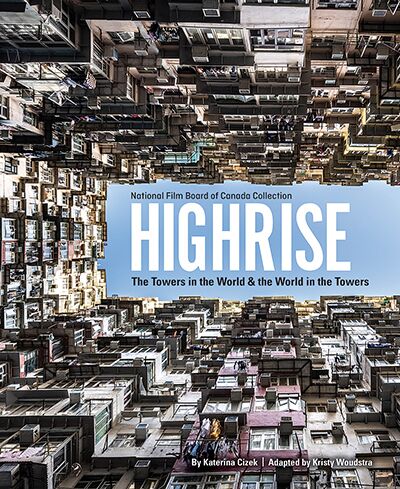 HighRise: The Towers in the World and the World in the Towers
HighRise: The Towers in the World and the World in the Towers
by Katernina Cizek
adapted by Kristy Woudstra
Firefly Books, 2019
ISBN 978-0-2281-02115-1
This book is inspired by and adapted from a multimedia NFB documentary series of the same name. The first chapter of the book explores the origins and the 2,500 year history of the highrise. The rest of the book gives the reader a glimpse into contemporary highrise living around the world. Ten personal stories are taken from two documentaries called Out My Window and Universe Within. This book is tightly written, well-illustrated, and packed with information. Text features to support the reader include fact boxes, charts, photographs, bold words, a glossary, and a timeline.
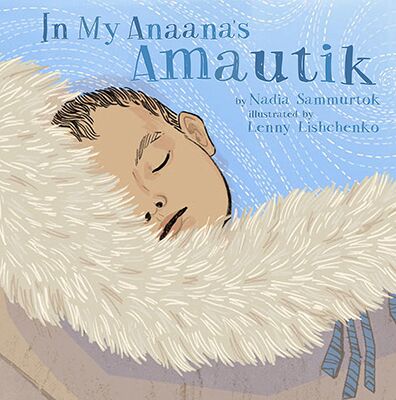 In My Anaana’s Amautik
In My Anaana’s Amautik
by Nadia Sammurtok Inhabit Media, 2019
ISBN 978-1-77227-252-9
This story is told through the voice of a baby curled up inside its mother’s amautik (the pouch in the back of a mother’s parka used to carry a small child). The reader glimpses the feelings of warmth, softness, and safety that the baby feels snuggled up inside.“In my anaana’s amautik, it feels like home. It is familiar. I love relaxing in my anaana’s amautik.”
The concept of “home” and the need to feel at home is so universal to human existence that it can be explored at any grade level and across multiple subject areas. This is a concept that offers opportunities to find common ground among people and groups of people, and even to link human beings to animals and to Earth. There are many excellent books that examine this topic in addition to the few featured here. I hope you will find ways to engage your students in reading and thinking about “home.”
ABOUT THE AUTHOR
Brenda Boreham
Brenda has 35 years of classroom experience. She has presented workshops on literacy strategies, and has written a number of resources for teachers. She remains passionate about matching up kids with books.
This article is from Canadian Teacher Magazine’s Winter 2020 issue.












